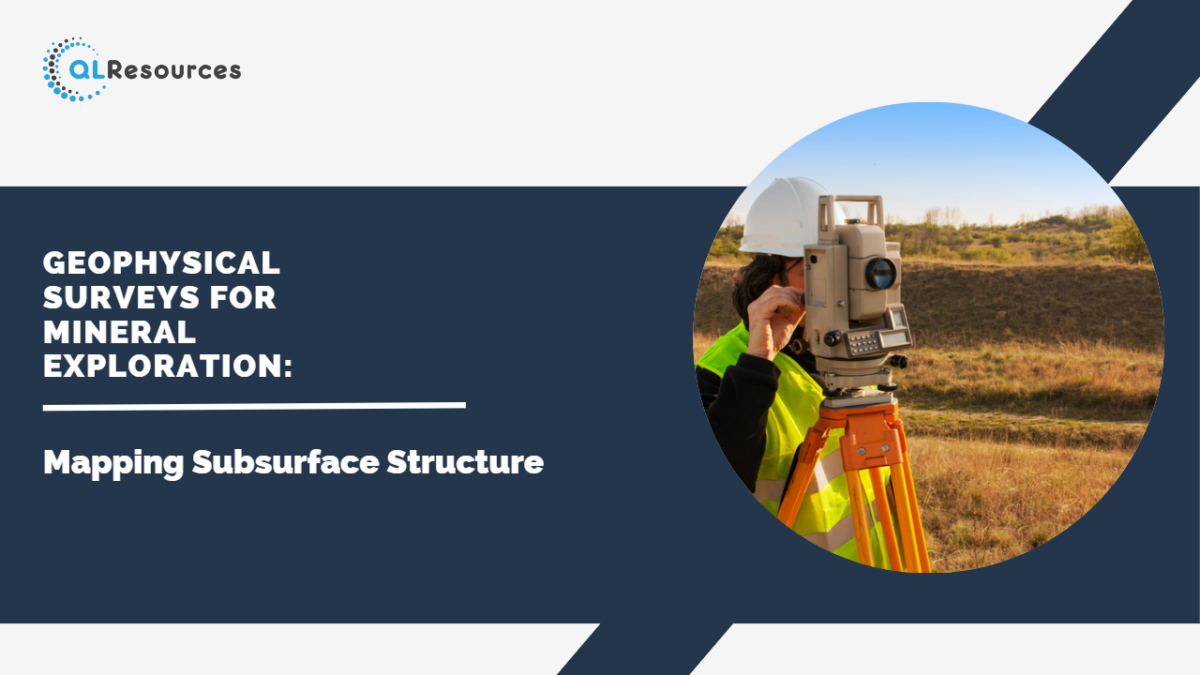The management of waste has long been a significant challenge for societies worldwide. However, the traditional approach of disposal in landfills is increasingly being replaced by resource recovery technologies that aim to extract value from waste materials. These innovative technologies offer opportunities to reduce environmental impact, conserve resources, and create new economic avenues. In this blog post, we will explore the advancements in resource recovery technologies and their potential to maximize value from waste.
-
Waste-to-Energy Conversion: Waste-to-energy technologies are designed to convert waste into usable energy sources. Techniques such as incineration, gasification, and anaerobic digestion can transform organic waste, such as food scraps and agricultural residues, into heat, electricity, or biogas. These technologies not only help reduce the volume of waste sent to landfills but also provide renewable energy sources, contributing to sustainable energy production and reducing greenhouse gas emissions.
Material Recovery and Recycling: Innovative recycling technologies enable the recovery of valuable materials from waste streams. Advanced sorting and separation techniques, such as optical sorting, magnetic separation, and advanced robotics, can efficiently extract recyclable materials from mixed waste. This includes plastics, metals, paper, and glass, which can be processed and reintroduced into the production cycle. By maximizing material recovery, these technologies reduce the need for virgin resources, conserve energy, and mitigate the environmental impact associated with resource extraction.
Biological Waste Treatment: Biological waste treatment technologies focus on harnessing the potential of organic waste through composting and anaerobic digestion. Composting facilitates the decomposition of organic matter, resulting in nutrient-rich compost that can be used as a soil amendment in agriculture and landscaping. Anaerobic digestion utilizes microorganisms to break down organic waste, producing biogas, a renewable energy source, and digestate, a nutrient-rich fertilizer. These biological waste treatment methods not only divert waste from landfills but also provide valuable resources for agriculture and renewable energy generation.
Advanced Waste Conversion: Advanced waste conversion technologies utilize innovative processes to convert waste materials into valuable products. This includes techniques like pyrolysis, hydrothermal treatment, and chemical conversion. These methods can transform various types of waste, such as plastic waste or organic waste, into biofuels, chemicals, or other high-value products. Advanced waste conversion technologies offer the potential to address waste streams that are challenging to recycle conventionally and create a circular economy where waste is seen as a valuable resource.
Data-driven Waste Management: The integration of data analytics and smart technologies is revolutionizing waste management practices. By employing sensors, IoT devices, and data analytics, waste management systems can optimize collection routes, reduce inefficiencies, and enhance waste sorting processes. Real-time data on waste generation patterns and composition enable better planning and resource allocation, leading to more efficient resource recovery. Data-driven waste management enhances decision-making, improves operational efficiency, and supports the development of targeted waste reduction strategies.
Collaborative Innovation and Policy Support: The successful implementation of resource recovery technologies requires collaborative efforts and supportive policies. Governments, research institutions, industry players, and waste management agencies need to collaborate to foster innovation, share knowledge, and develop supportive frameworks. Policy incentives, such as extended producer responsibility and waste management regulations, can encourage the adoption of resource recovery technologies and promote the shift towards a more circular economy.
Conclusion: Innovations in resource recovery technologies offer tremendous potential to maximize value from waste and transform the way we manage our waste streams. By embracing waste-to-energy conversion, material recovery and recycling, biological waste treatment, advanced waste conversion, data-driven waste management, and collaborative innovation, societies can reduce environmental impacts, conserve resources, and create economic opportunities. Embracing these technologies is crucial for a sustainable future, where waste is seen as a valuable resource rather than a burden.





